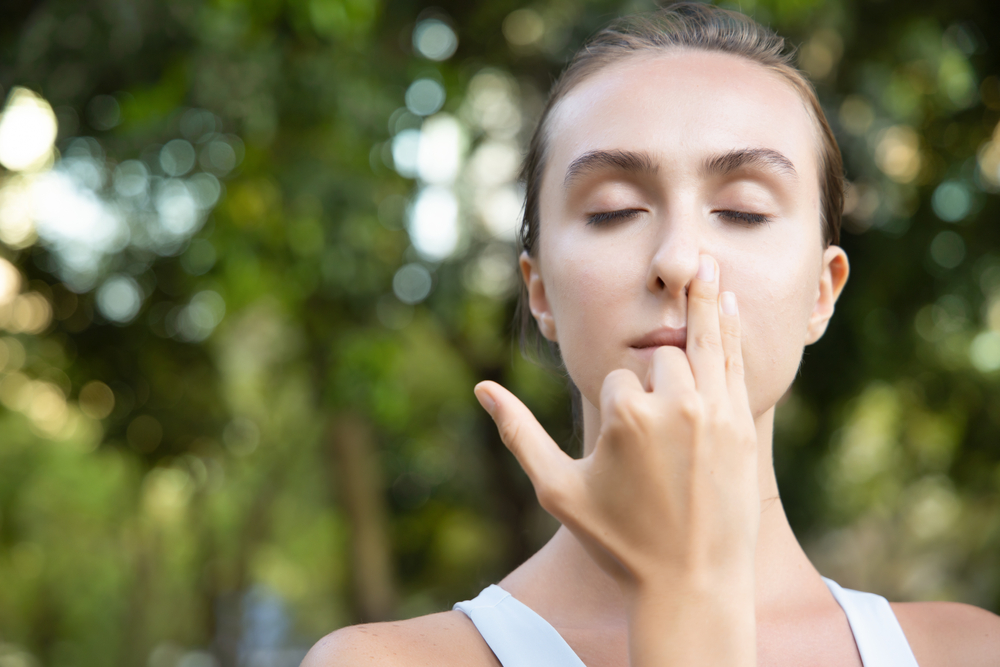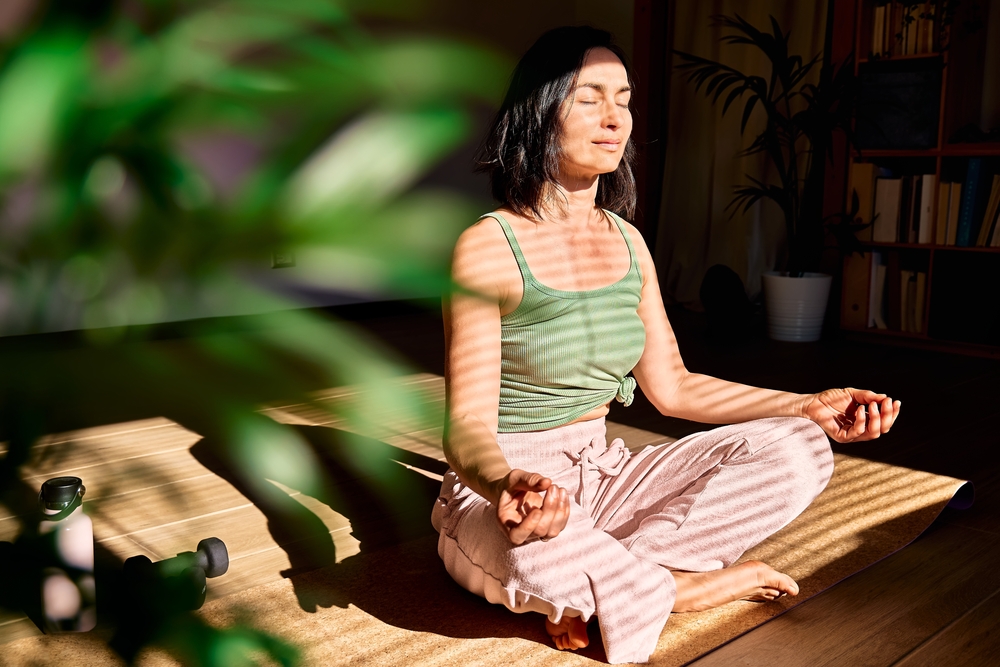In our fast-paced world, finding ways to relax and calm the mind is crucial for overall well-being. Yoga, with its combination of physical postures, breathing exercises, and meditation, offers an effective solution. By integrating yoga into your routine, you can experience profound mental and physical benefits. In this blog, we will explore various yoga techniques specifically designed to calm your mind and relax your body.
Understanding the Benefits of Yoga
Before diving into specific techniques, it’s essential to understand why yoga is so beneficial. Yoga is a holistic practice that not only strengthens the body but also promotes mental clarity and emotional balance. The combination of movement and mindfulness helps reduce stress, improve concentration, and foster a sense of inner peace.
Breathing Techniques for Relaxation
Breathing is a fundamental aspect of yoga, and mastering different breathing techniques can significantly impact your mental and physical state.

1. Pranayama (Breath Control)
Pranayama involves various breath control techniques that help regulate the flow of energy in the body. One effective pranayama technique for relaxation is **Nadi Shodhana** (Alternate Nostril Breathing). This technique helps balance the nervous system and promote a sense of calm.
How to practice Nadi Shodhana:
– Sit comfortably with an upright posture.
– Close your right nostril gently using your right thumb.
– Inhale deeply through your left nostril.
– Close your left nostril with your right ring finger.
– Breathe out through your right nostril.
– Inhale deeply through your right nostril.
– Close your right nostril and exhale through your left nostril.
– Continue this pattern for 5-10 minutes.
2. Ujjayi Breath (Ocean Breath)
Ujjayi breath, also known as ocean breath, involves a slight constriction at the back of the throat, creating a soothing sound as you breathe. This technique helps calm the mind and is often used during asana practice to maintain a steady breath.
How to practice Ujjayi Breath:
– Find a comfortable seat and keep your back straight.
– Take a deep breath in through your nose, gently constricting the back of your throat.
– Breathe out through your nose, keeping the same gentle constriction.
– Continue for 5-10 minutes, focusing on the sound of your breath.
Yoga Poses for Relaxation
Certain yoga poses are particularly effective at releasing tension and promoting relaxation. Here are a few you can easily add to your daily routine.:
1. Child’s Pose (Balasana)
Child’s pose is a gentle resting pose that helps calm the mind and stretch the back.
How to practice Child’s Pose:
– Gently sit back onto your heels and stretch your arms forward, laying them flat on the floor.
– Start by kneeling on the floor, making sure your big toes are touching and your knees are spread apart.
– Let your forehead rest on the mat and take deep, calming breaths.
– Hold for 1-3 minutes.
2. Cat-Cow Pose (Marjaryasana-Bitilasana)
This dynamic movement between two poses helps release tension in the spine and promotes relaxation.
How to practice Cat-Cow Pose:
– Begin by positioning yourself on your hands and knees, like a tabletop.
– As you breathe in, gently arch your back (like a cow stretching) while lifting your head and tailbone.
– When you breathe out, round your back (like a cat stretching) and bring your chin towards your chest.
– Continue this flow for 1-2 minutes, synchronizing your breath with the movement.
3. Legs-Up-The-Wall Pose (Viparita Karani)
This restorative pose helps improve circulation and promotes relaxation.
How to practice Legs-Up-The-Wall Pose:
– Find a comfortable spot next to a wall.
– Gently lift your legs and rest them against the wall as you lie down.
– Make sure your hips are close to the wall with your legs straight.
– Relax your arms by your sides and gently close your eyes.
– Hold for 5-15 minutes, breathing deeply.
4. Corpse Pose (Savasana)
Savasana is a final relaxation pose that helps integrate your practice and promote deep relaxation.
How to practice Corpse Pose:
– Lie down comfortably on your back, keeping your legs straight and arms resting gently at your sides.
– Close your eyes and breathe slowly and deeply.
– Let your entire body relax fully.
– Remain in this position for 5-10 minutes, enjoying the peace and calmness.
Meditation Techniques for a Calm Mind
Meditation is a powerful tool for calming the mind and enhancing relaxation. Here are two simple techniques to try:
1. Mindfulness Meditation
Mindfulness meditation means staying in the here and now, observing your thoughts without any criticism.

How to practice Mindfulness Meditation:
– Find a comfortable sitting position, ensuring your back is comfortably straight.
– Close your eyes gently and take a few deep breaths to settle in.
– Pay attention to your breath, feeling the sensations of each inhale and exhale.
– If your thoughts drift away, gently guide your attention back to your breath.
– Stay in this mindful state for 5-10 minutes, allowing yourself to relax and unwind.
2. Loving-Kindness Meditation (Metta)
This meditation helps you develop a sense of caring and goodwill towards both yourself and others.
How to practice Loving-Kindness Meditation:
– Find a comfortable sitting position and gently close your eyes.
– Breathe deeply a few times, letting your body and mind relax.
– Silently repeat to yourself: “May I find happiness, good health, safety, and peace.”
– After a moment, extend these same wishes to others: “May they experience happiness, health, safety, and peace.”
– Continue for 5-10 minutes.
Integrating Yoga into Your Daily Routine
For the best results from yoga, sticking with it regularly is crucial. Try to dedicate at least 15-30 minutes each day to your yoga practice. Whether you focus on breathing exercises, yoga poses, or meditation, regular practice will help you cultivate a sense of calm and relaxation that extends beyond your time on the mat.
Conclusion
Yoga offers a wealth of techniques to help calm your mind and relax your body. By incorporating breathing exercises, yoga poses, and meditation into your daily routine, you can reduce stress, enhance mental clarity, and promote overall well-being. Keep in mind, everyone’s yoga journey is personal and tailored to their own unique experience. Find what works best for you and enjoy the process of discovering greater peace and relaxation through this ancient practice.



